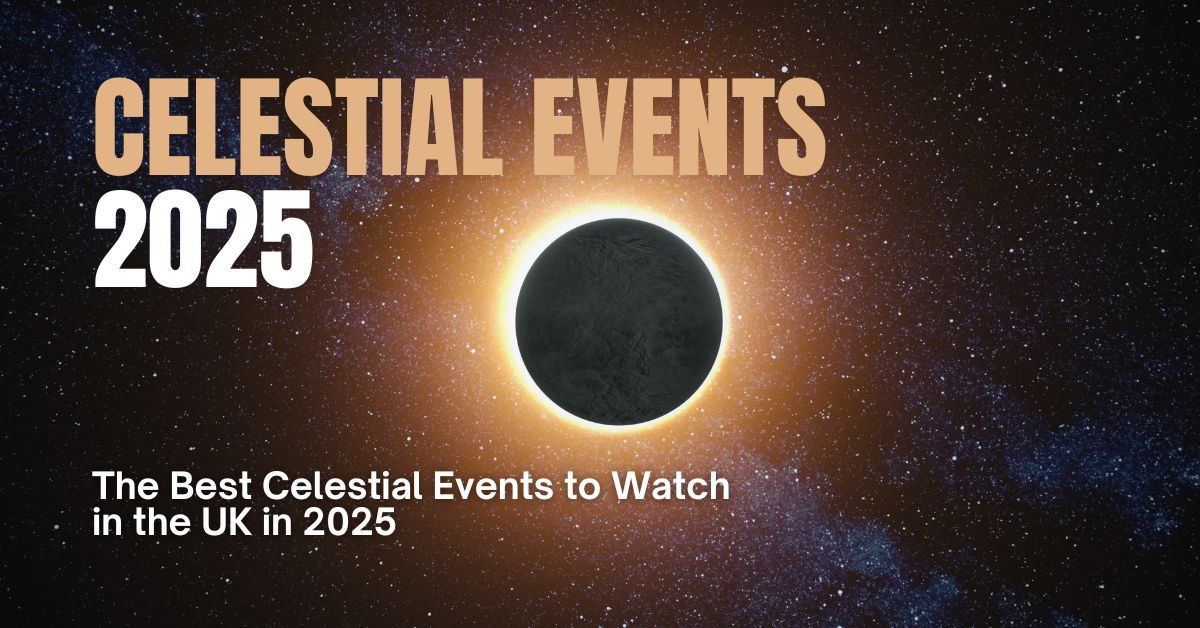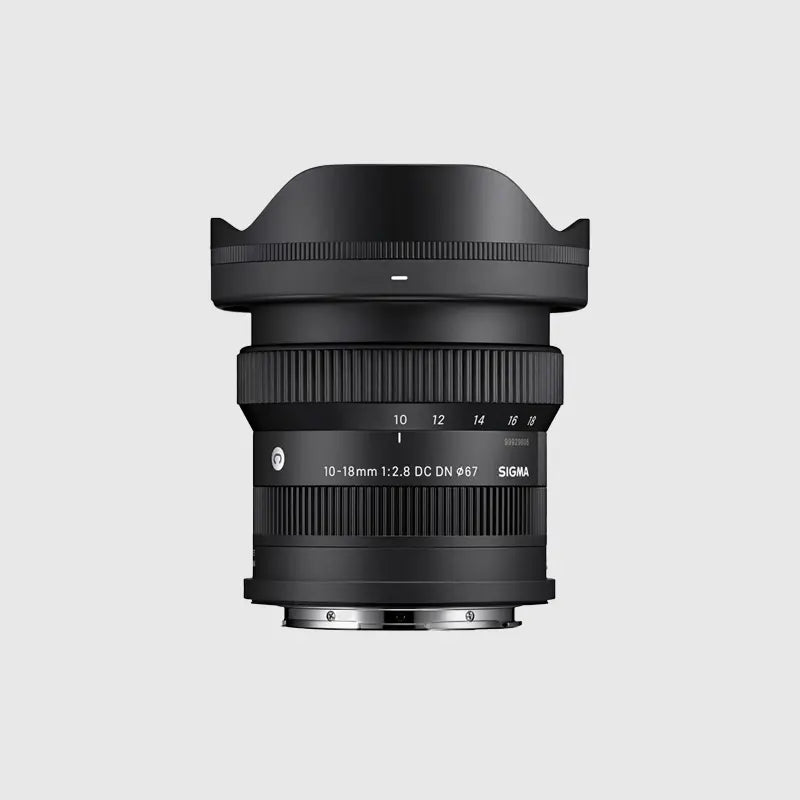🌌 Stargazing in 2025: A Month-by-Month Guide to Celestial Events in the UK
If you're a stargazer or simply enjoy marvelling at the night sky, 2025 will be a fantastic year for celestial events in the United Kingdom. From mesmerising meteor showers to rare planetary alignments, there are plenty of reasons to look up this year. Here’s a month-by-month guide to the most exciting astronomical events visible from the UK.
🌠 January
Quadrantids Meteor Shower (Peak: January 3)
🌟 One of the strongest meteor showers of the year, the Quadrantids can produce up to 120 meteors per hour. Best seen in the early morning under dark, clear skies.
Planetary Alignment (January 21 – February 28)
🪐 Venus, Mars, Jupiter, Saturn, Uranus, and Neptune will appear grouped together in the night sky. Mercury joins the show around February 28, offering a rare seven-planet spectacle.
🌙 February
National Astronomy Week (February 1–9)
🔭 A week-long celebration of space with public events, telescope livestreams, and expert talks. The 2025 theme, “Chasing the Moon”, focuses on lunar exploration and a stunning planetary parade.
🌕 March
Total Lunar Eclipse (March 13–14)
🌑 A Blood Moon will be visible from the UK as the Moon passes through Earth’s shadow, glowing deep red in the night sky.
Partial Solar Eclipse (March 29)
🌞 Around 40–50% of the Sun will be covered by the Moon in a dramatic partial eclipse across the UK. Remember to use proper solar filters!
💫 April
Lyrids Meteor Shower (Peak: April 21–22)
✨ Known for bright meteors and the occasional fireball, the Lyrids will produce 10–20 meteors per hour. Best viewed after midnight under clear skies.
🌊 May
Eta Aquarids Meteor Shower (Peak: May 3–4)
☄️ Produced by debris from Halley’s Comet, this shower can yield up to 50 meteors per hour. Best viewed just before dawn, especially in southern parts of the UK.
🌟 August
Perseids Meteor Shower (Peak: August 11–13)
🌌 One of the year's most beloved showers, the Perseids often deliver 50+ meteors per hour. Slight moonlight interference this year, but still a highlight.
Conjunction of Venus and Jupiter (August 11–12)
🌠 The two brightest planets will shine side-by-side in the western sky just after sunset—a striking sight, even without a telescope.
🌕 September
Total Lunar Eclipse (September 7–8)
🌑 Another Blood Moon for the UK! If you missed the March event, this early morning eclipse offers a second chance to catch the lunar drama.
🌝 October – December
Supermoons
🌕 These extra-large and bright full Moons occur when the Moon is closest to Earth:
-
Hunter’s Moon – October 7
-
Beaver Moon – November 5
-
Cold Moon – December 4
Perfect for moonlit photography and late-night walks.
Geminids Meteor Shower (Peak: December 13–14)
🌈 One of the year’s brightest and most colourful showers, the Geminids can produce 100+ meteors per hour—reliable and always spectacular.
🌌 Bonus: Dark Skies Festival (Until March)
🌲 Running through to the end of March, the UK’s Dark Skies Festival includes stargazing walks, family activities, and astrophotography workshops in some of Britain’s best dark sky locations.
🔭 Final Tips for Stargazing in 2025
🌤 Check the weather – Clouds can spoil the show, so plan ahead.
🌃 Find a dark location – Head to rural areas or designated dark sky reserves for clearer views.
🔍 Use binoculars or a telescope – While many events are visible with the naked eye, optics help you see details like Saturn’s rings or lunar craters.
📅 Mark your calendars—2025 is shaping up to be a truly stellar year for UK skywatchers!
























1 comment
Maya Kohli
Thank you so much I am a star gazer and the tips and also the facts helped tell we when to look out KEEP SHINING